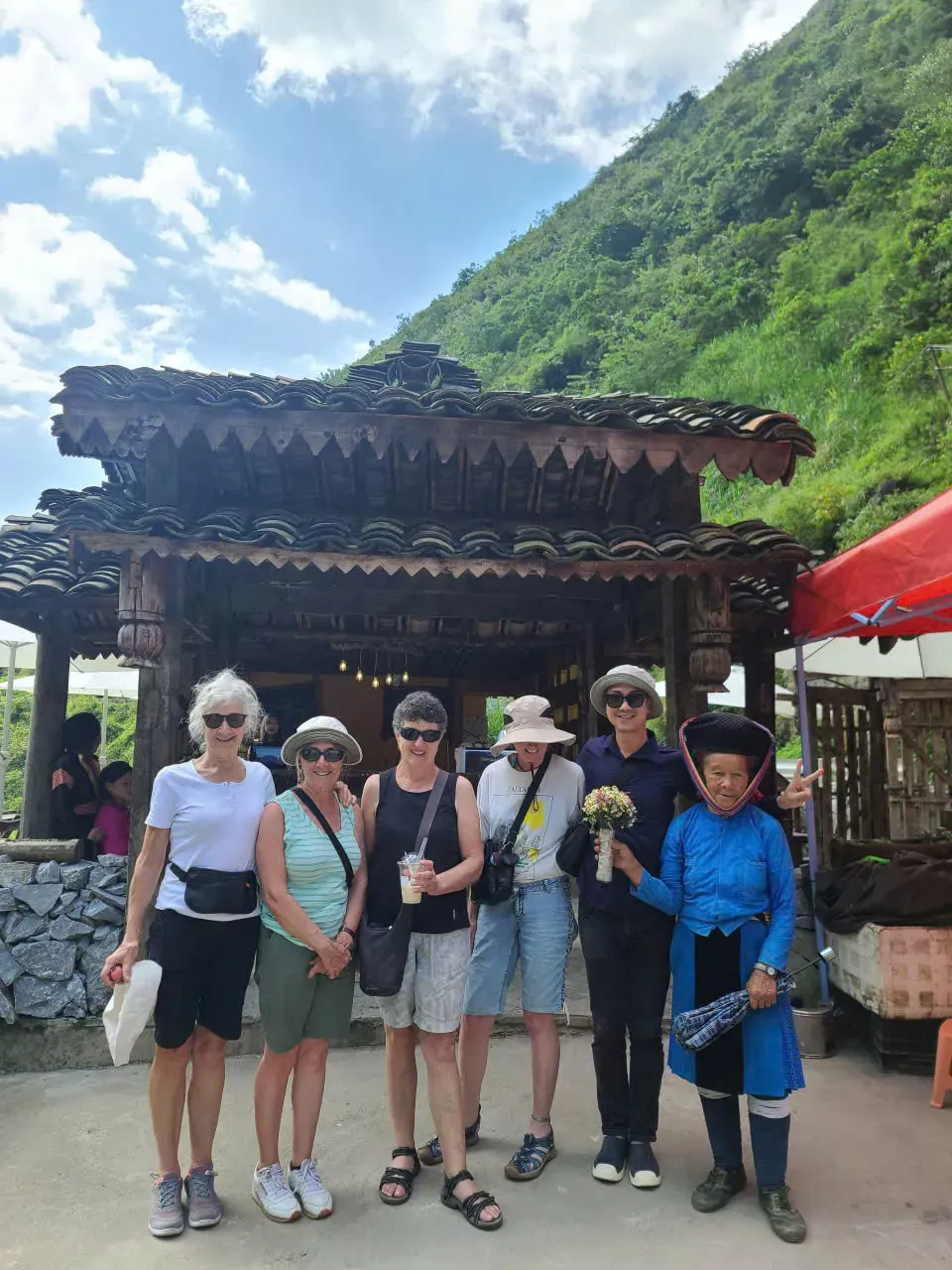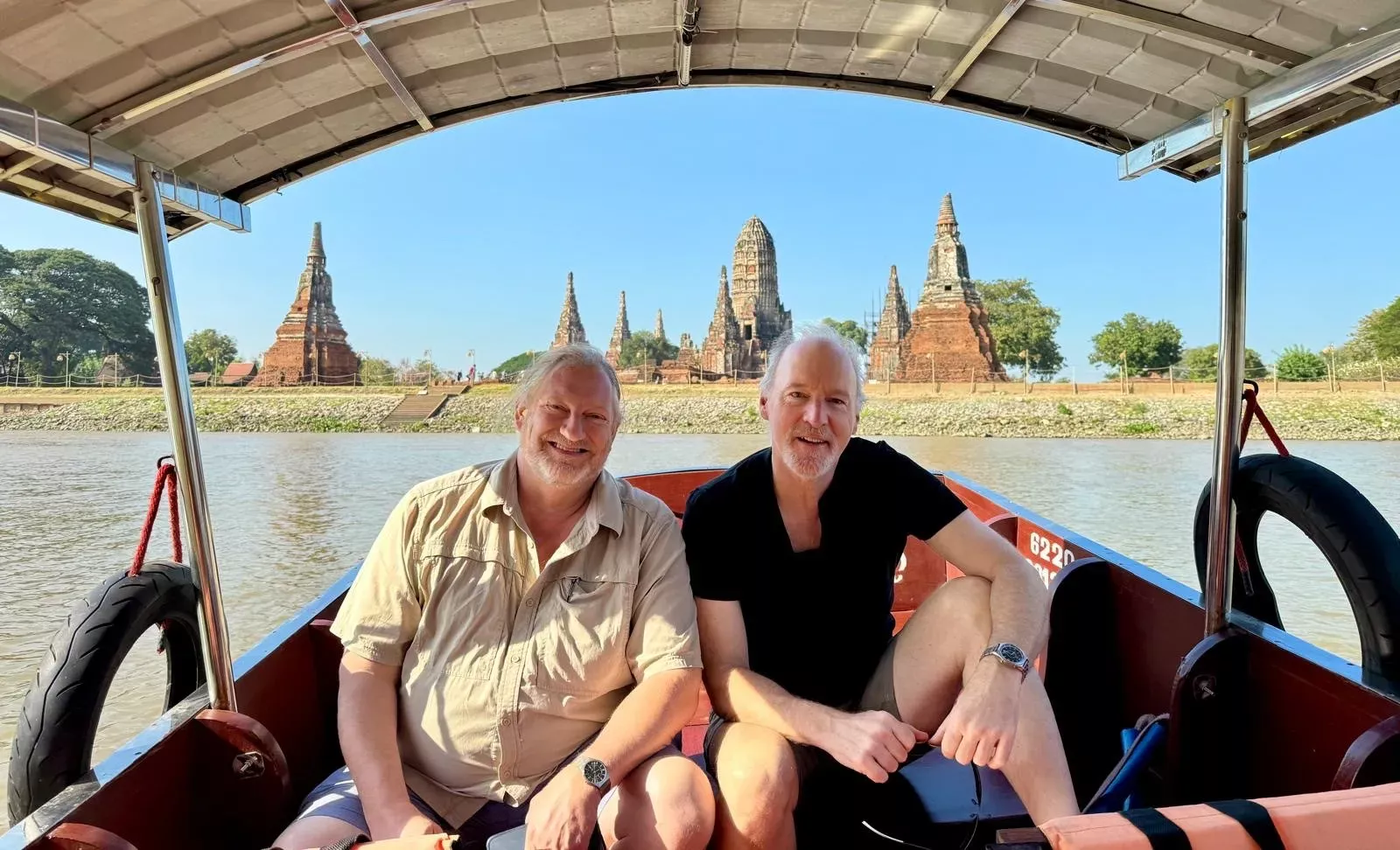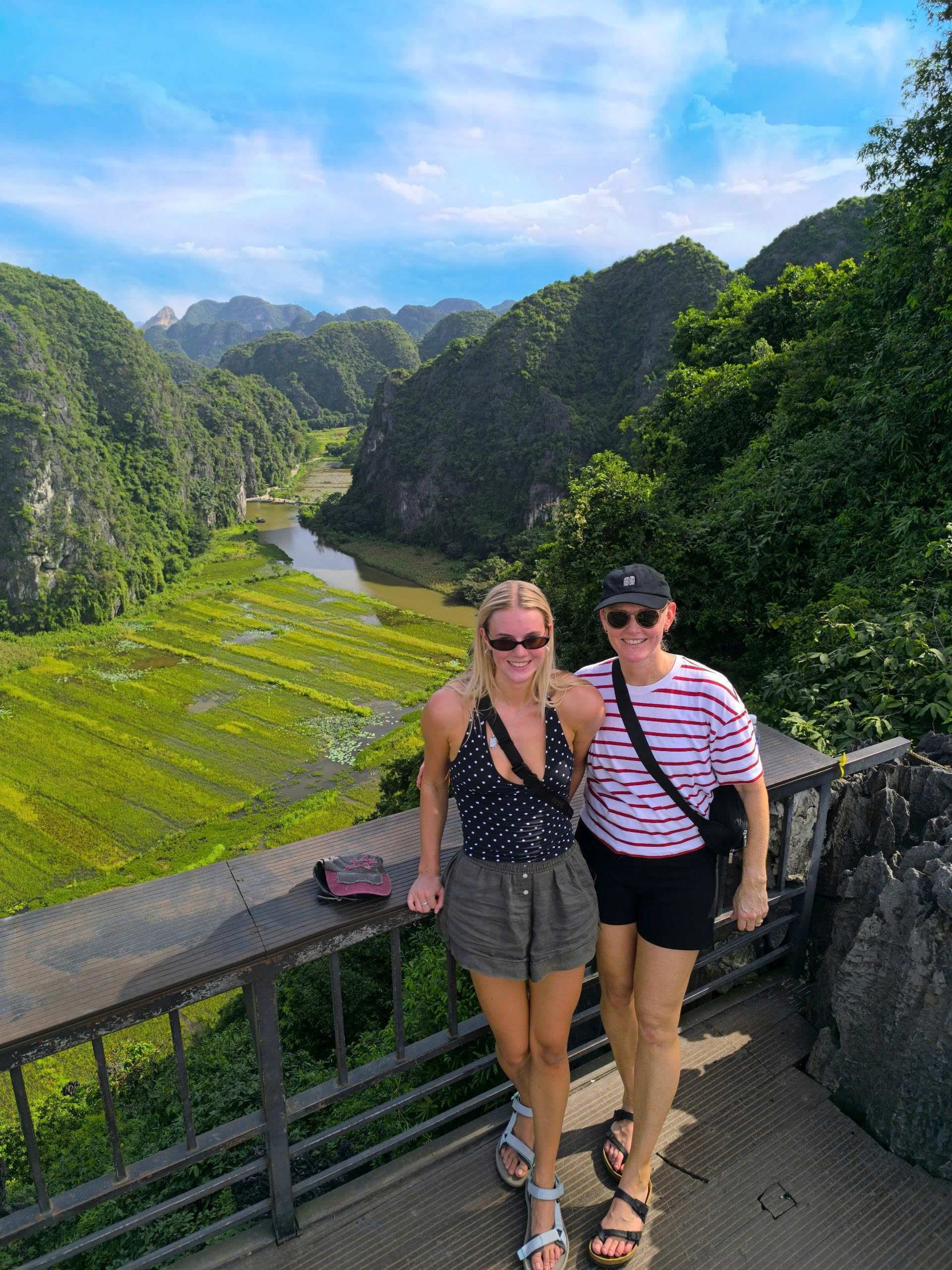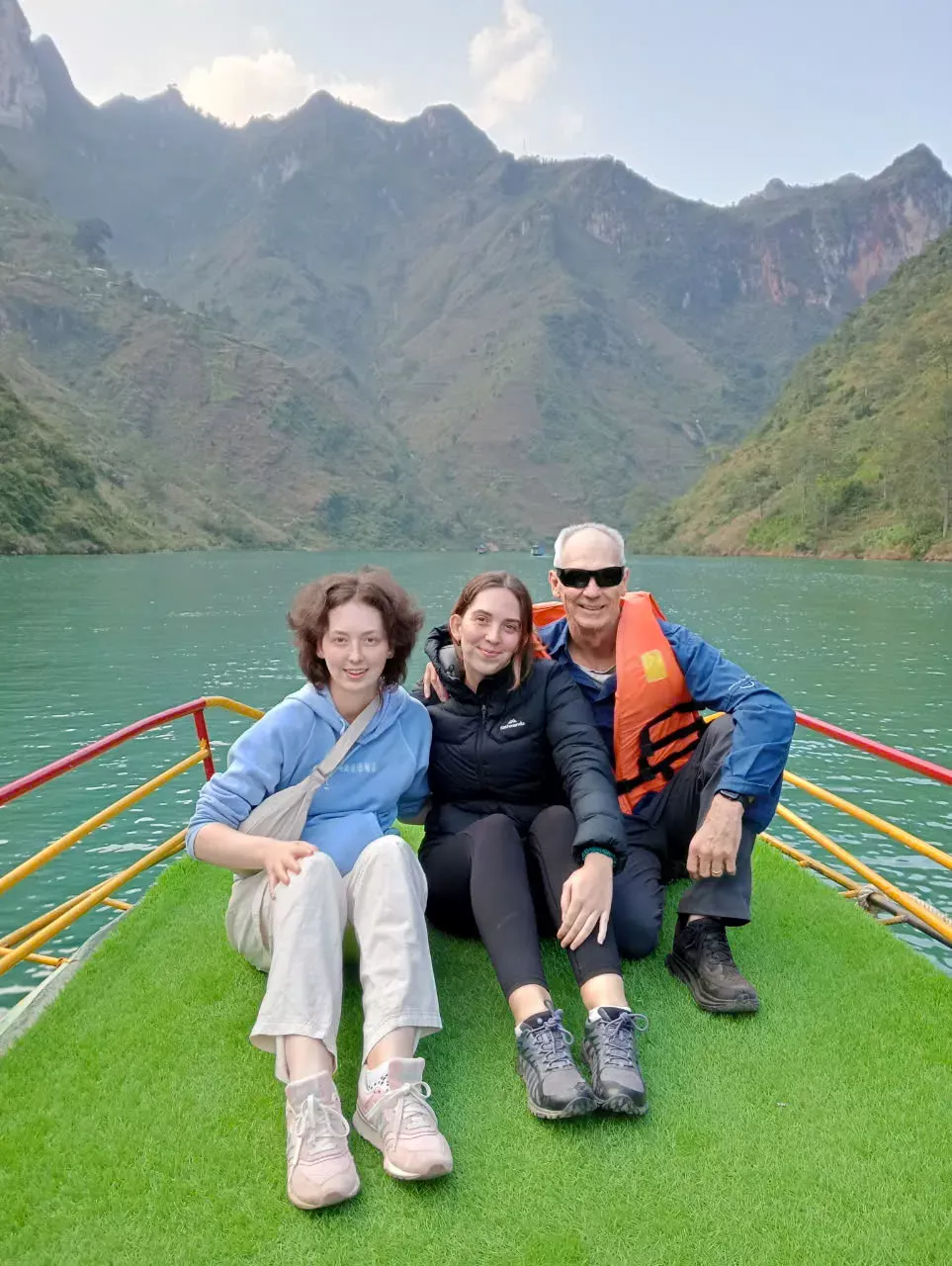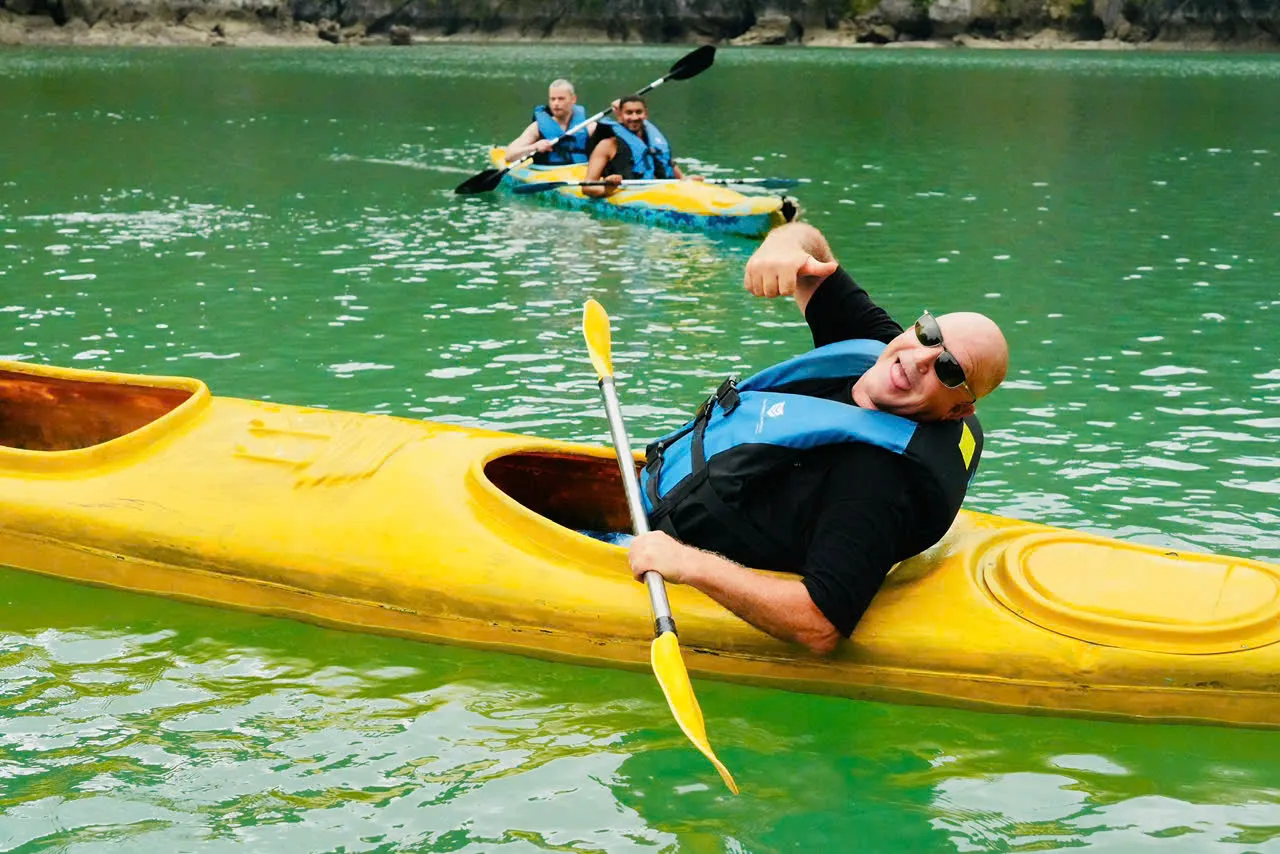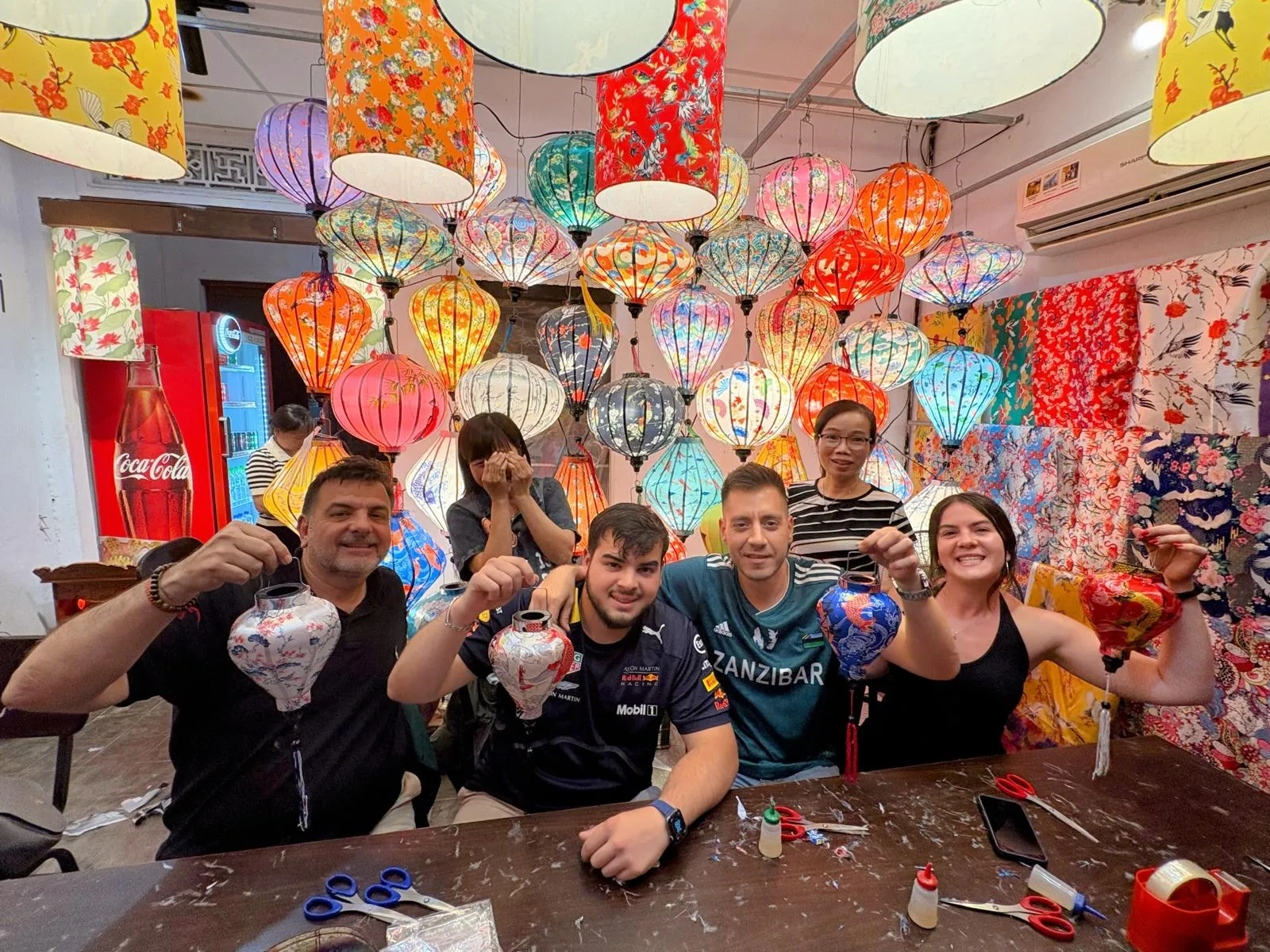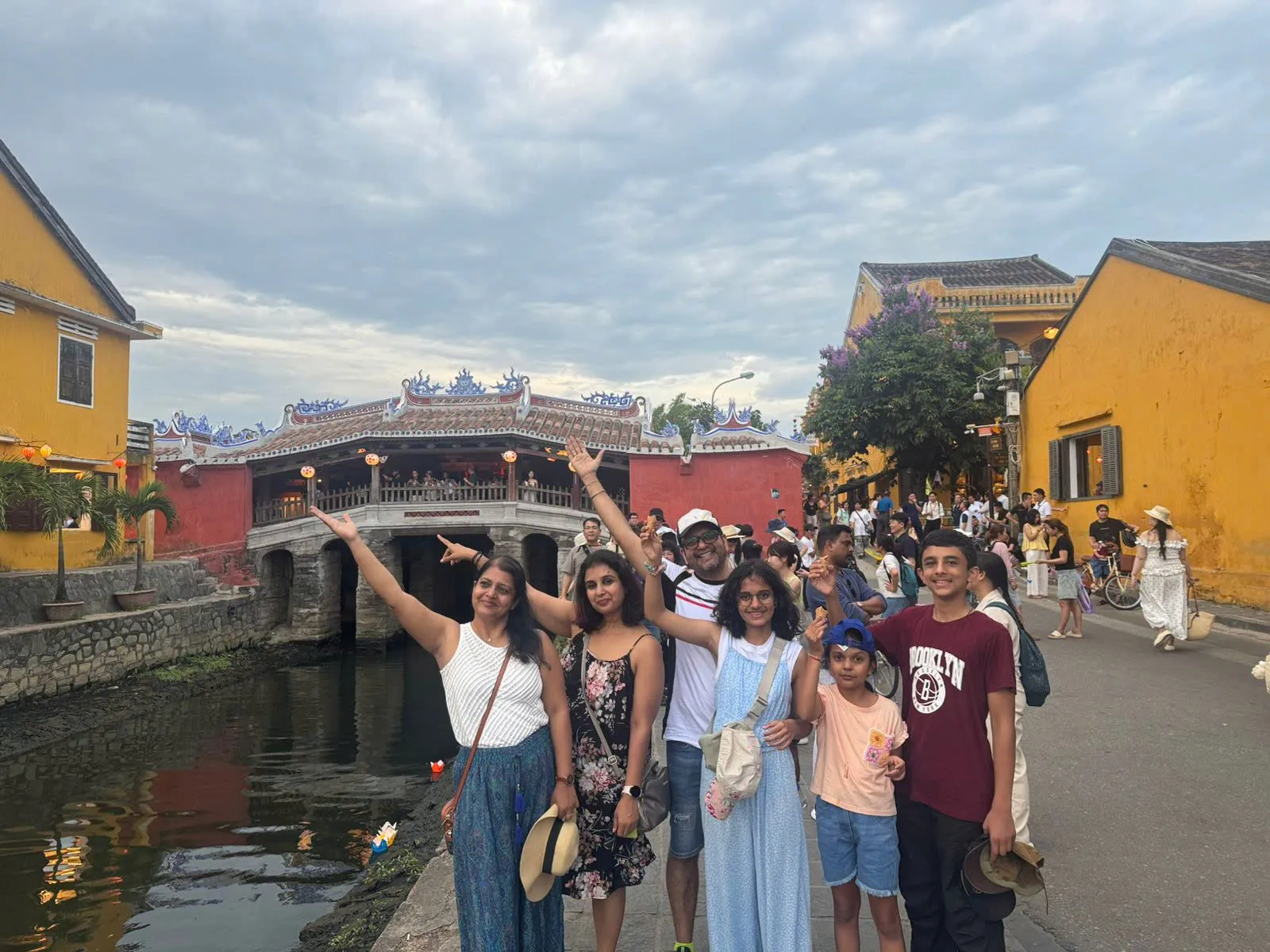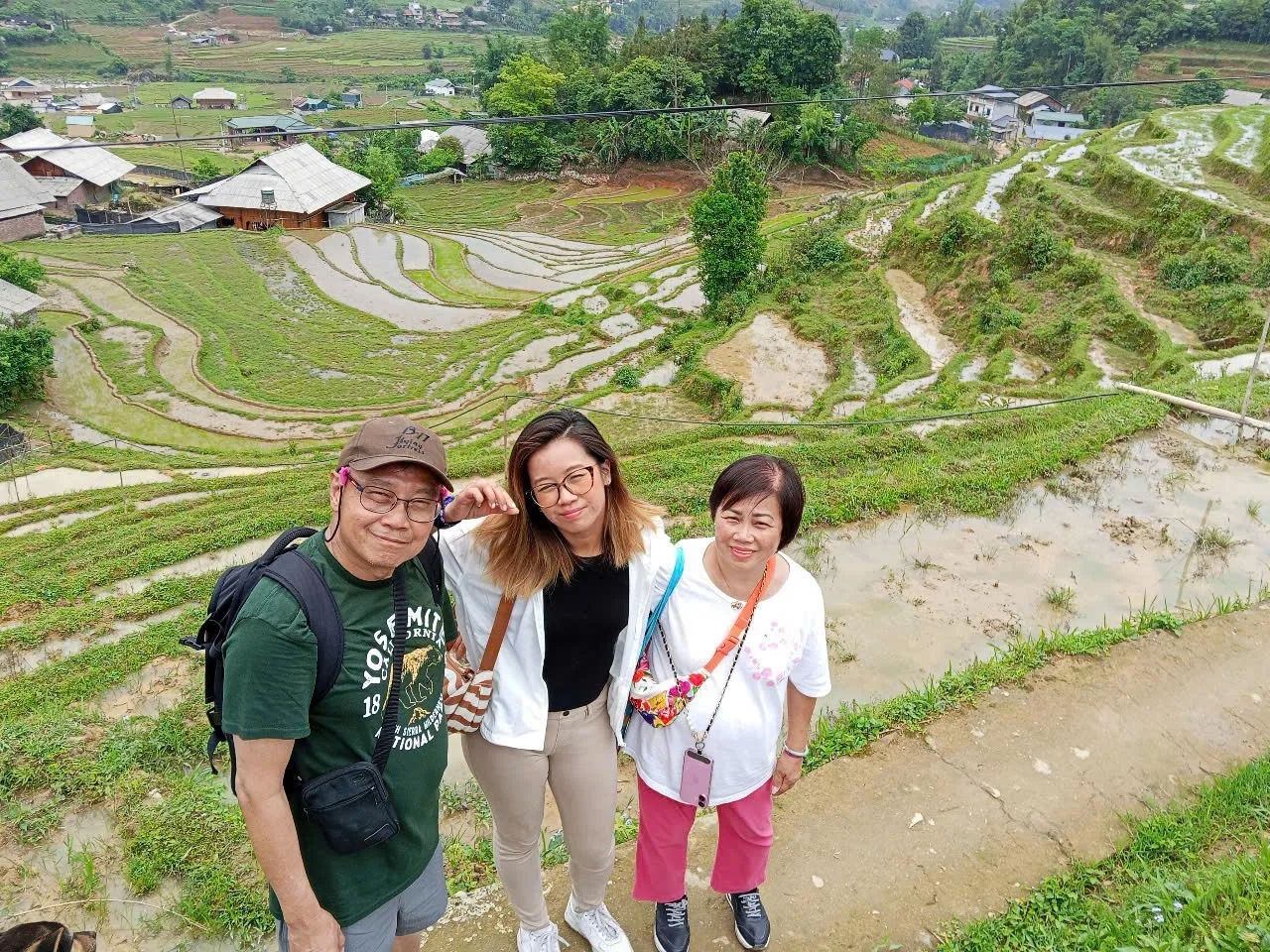
Why Thailand should be your next holiday destination
Thailand is not just a tourist destination—it’s a feeling. From the moment you arrive, there’s an energy here that mixes tranquility with adventure, tradition with vibrancy. You’ll see saffron-robed monks walking quietly through alleyways while, just blocks away, tuk-tuks zip past neon-lit night markets. This contrast is exactly what makes Thailand so unforgettable.
What makes Thailand unique in 2025
This year, the country continues to lean into eco-tourism and meaningful travel experiences. Visitors are now encouraged to go beyond the beaches and explore the heart of Thai culture—through slow travel, community-based tourism, and ethical wildlife interactions. Thailand’s updated visa policies are also traveler-friendly, with streamlined e-visas and extended stay options for digital nomads or long-term visitors. Sustainability is no longer just a trend here; it’s being woven into the travel experience itself.

What to know before you go to Thailand
Planning a trip to Thailand is simpler than it may seem, but a little knowledge can go a long way in helping you make the most of your journey.
Entry requirements and visas
As of 2025, travelers from over 60 countries can enter Thailand without a visa for up to 30 days. For longer stays, especially for remote workers or retirees, the Thai government has introduced flexible long-term visa options, including a digital nomad visa that supports stays of up to 180 days. Visa extensions can often be done easily in-country, giving you the flexibility to linger longer.
When to visit
The best time to visit depends on the region. Northern Thailand, including Chiang Mai and Pai, is most pleasant from November to February, when the air is cool and dry. Southern beach destinations vary: Phuket and Krabi shine during the dry season (Dec–April), while Gulf islands like Koh Samui enjoy their best weather from Jan to August. Visiting during the green season (June to October) means fewer tourists, lower prices, and lush, misty landscapes—perfect for those seeking a more local experience.
Budget and travel style
One of Thailand’s biggest advantages is the affordability. Whether you’re backpacking on $30 a day or splurging in five-star resorts, the country adapts to your budget. Street food meals can cost as little as 50 baht ($1.50), while boutique hotels and wellness retreats offer serious luxury at a fraction of Western prices. Domestic flights, sleeper trains, and ferries make it easy to navigate across regions without breaking the bank.
Where to go in Thailand: From temples to tropics
Thailand’s geography provides an incredible mix of landscapes—from lush mountains and rice fields in the north to white-sand islands and coral reefs in the south. Where you go depends on what your demands from your journey.
Bangkok: Culture, chaos, and contrasts
Thailand’s capital is the perfect starting point. In Bangkok, ancient temples and royal palaces sit side-by-side with skytrains and skyscrapers. You can spend the morning exploring Wat Arun or the Grand Palace, then hop on a longtail boat down the Chao Phraya River to discover floating markets. By night, the city comes alive with rooftop bars, night bazaars, and some of Asia’s best street food.

Chiang Mai and the North: Spirituality and nature
In contrast to the buzz of Bangkok, Chiang Mai offers a slower, more reflective pace. Surrounded by misty mountains, the city is dotted with over 300 temples, night markets, and artisan workshops. It’s also a gateway for jungle treks, elephant conservation visits, and Thai cooking classes. Farther north, towns like Pai and Chiang Rai reveal quieter mountain life, perfect for travelers who crave solitude, nature, or healing retreats.

Thailand’s islands: Something for everyone
Thailand’s southern islands are the stuff of dreams, and there’s truly one for every type of traveler. Koh Samui is polished and romantic, ideal for couples or families. Koh Tao is beloved by divers for its crystal-clear waters and vibrant reefs. Phuket has everything from luxury villas to lively nightlife, while quieter islands like Koh Lanta or Koh Yao Noi are perfect for those seeking peace and authenticity. The Andaman Coast and Gulf of Thailand each offer their own flavors—so it’s worth exploring both sides if time allows.

What to do in Thailand: Experiences that define a Thai journey
Thailand is full of sensory-rich, immersive experiences. You won’t just “see” Thailand—you’ll feel it, taste it, and carry it with you long after.
Cultural experiences to temember
Take participate in a Thai cooking class in Chiang Mai and learn the art of balancing spicy, sweet, and sour. Visit a hilltop temple at dawn as monks begin their morning chants. Spend a few days in a countryside village learning about rice farming or traditional weaving. These cultural moments bring a richness to your journey that can’t be captured in a guidebook.

Adventures in every corner
For thrill-seekers, Thailand is an outdoor playground. Go ziplining through jungle canopies, rock climb in Krabi’s limestone cliffs, or kayak through mangrove forests. Underwater, the country offers some of the best diving and snorkeling in Southeast Asia, with affordable certification courses and colorful marine life just minutes from shore.
Thai cuisine & specialties: the flavor that follows you home
Ask anyone what they miss most after leaving Thailand, and they’ll likely say the food. Thai cuisine is a harmonious blend of bold spices, fragrant herbs, and rich textures. It’s not just about eating—it’s about experiencing flavor in layers.
In Bangkok, you’ll find world-class restaurants and humble roadside stalls serving dishes like pad Thai, tom yum, and massaman curry. In Chiang Mai, the northern specialty khao soi—a creamy, curry-based noodle soup—is a must-try. Down south, fresh seafood and coconut-based curries dominate, often served just meters from the sea.
Food is deeply embedded in daily life. Markets buzz in the morning and late into the night. Grilled skewers, coconut pancakes, spicy papaya salad—all are made fresh to order and meant to be enjoyed communally. The best way to explore Thailand’s culinary heart is simply to follow the aromas.

Final thoughts: why thailand is worth more than one trip
No matter how long you stay, it never feels like enough. Thailand has a way of opening your senses and resetting your perspective. The moments that stay with you may not be the “top 10” sights but rather the quiet conversations, the sunset from a ferry, or the first time you try mango sticky rice and wonder why you haven’t had it your whole life.
As Thailand steps confidently into 2025 with sustainability, accessibility, and local pride at the forefront of its tourism approach, there’s never been a better time to explore it—whether for the first time or the fifth.
So pack light, smile often, and bring an open heart. The Land of Smiles is ready to welcome you.

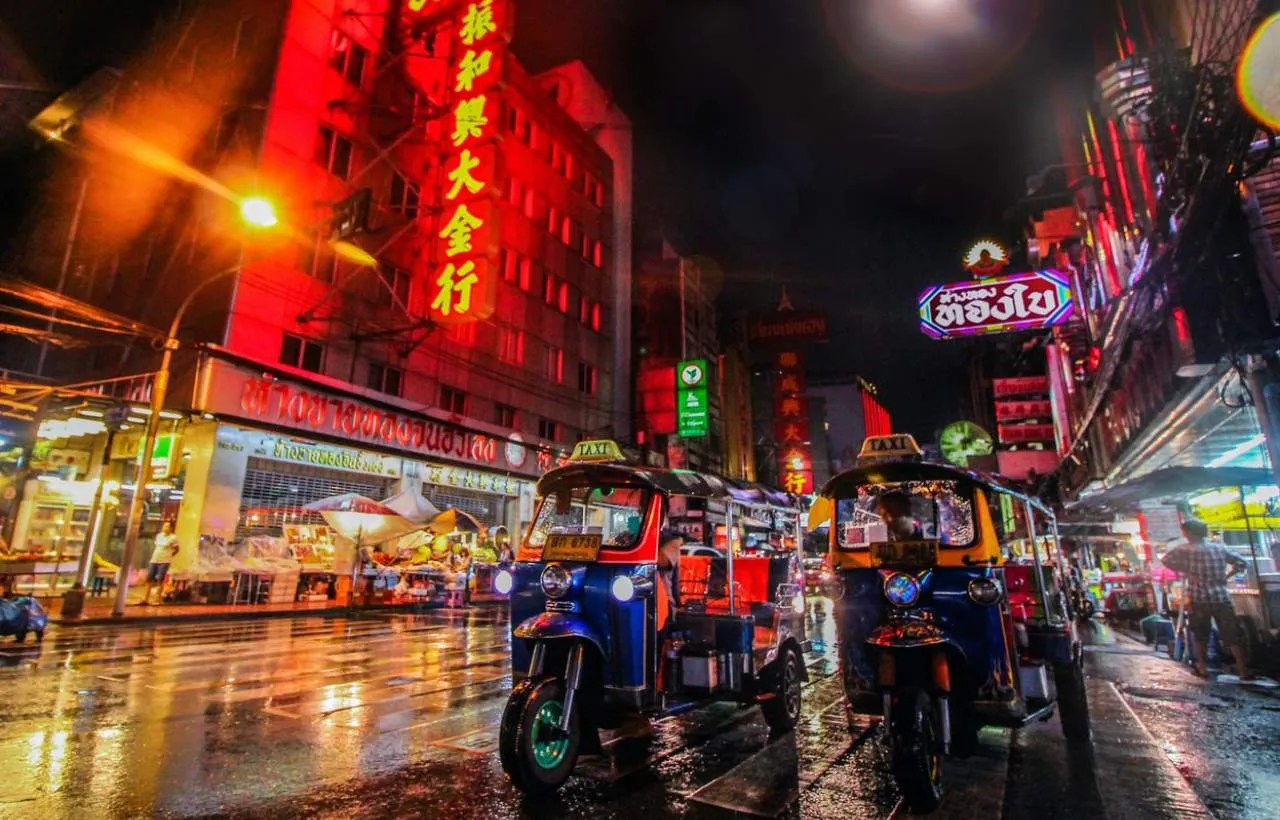
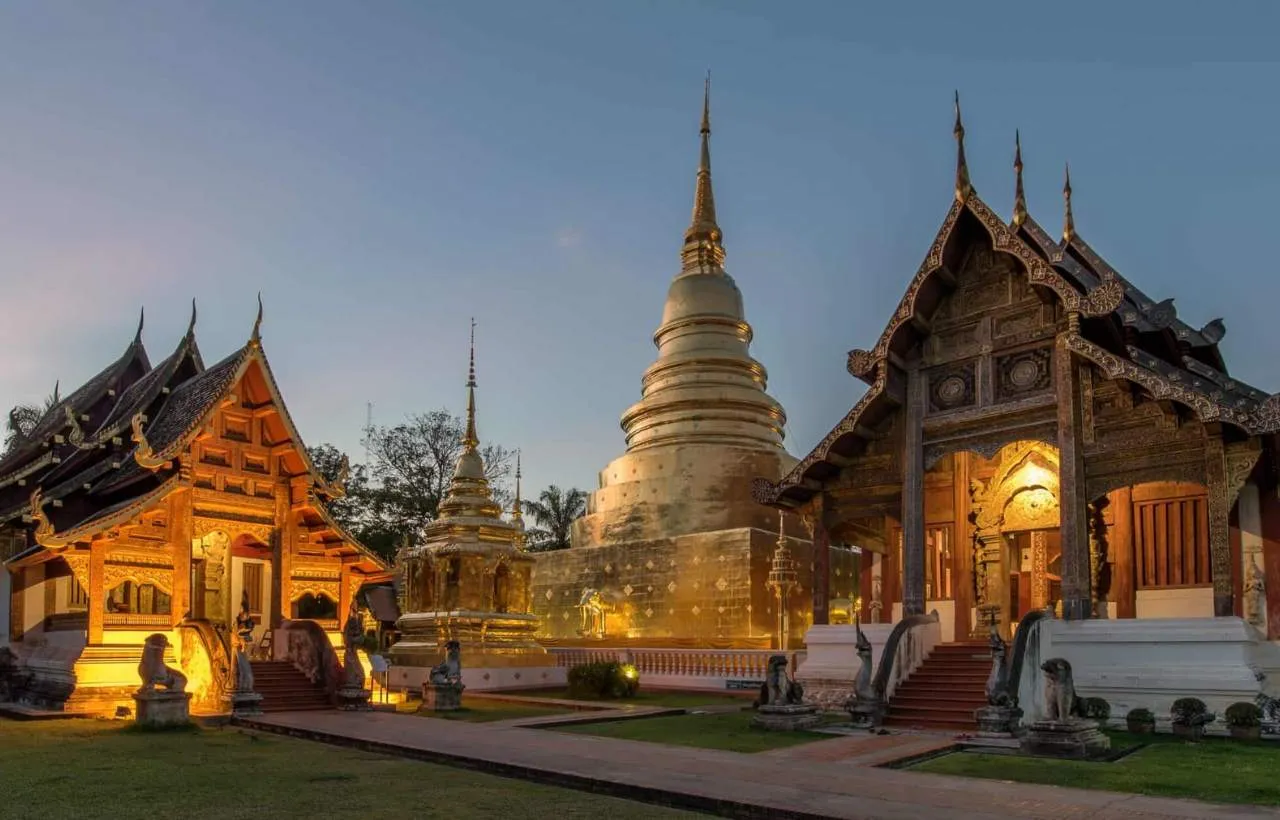

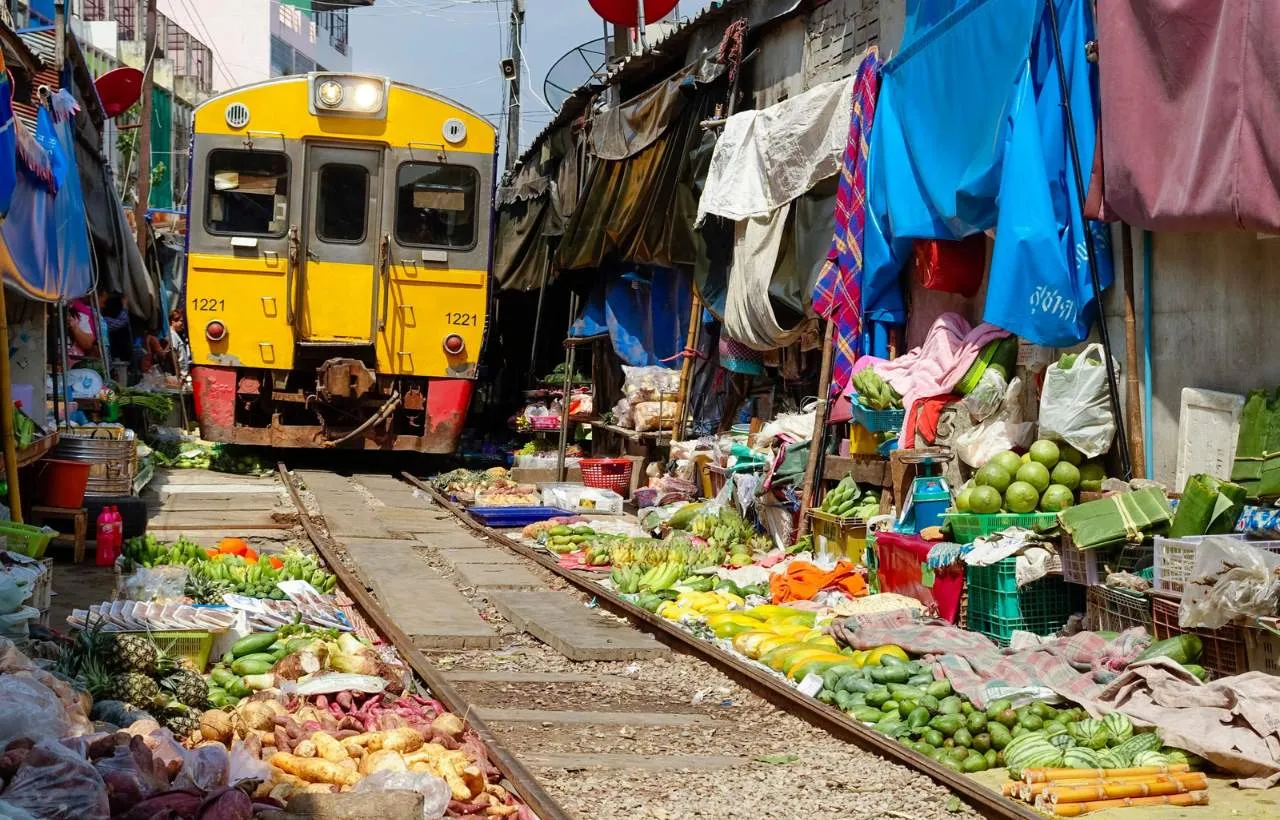
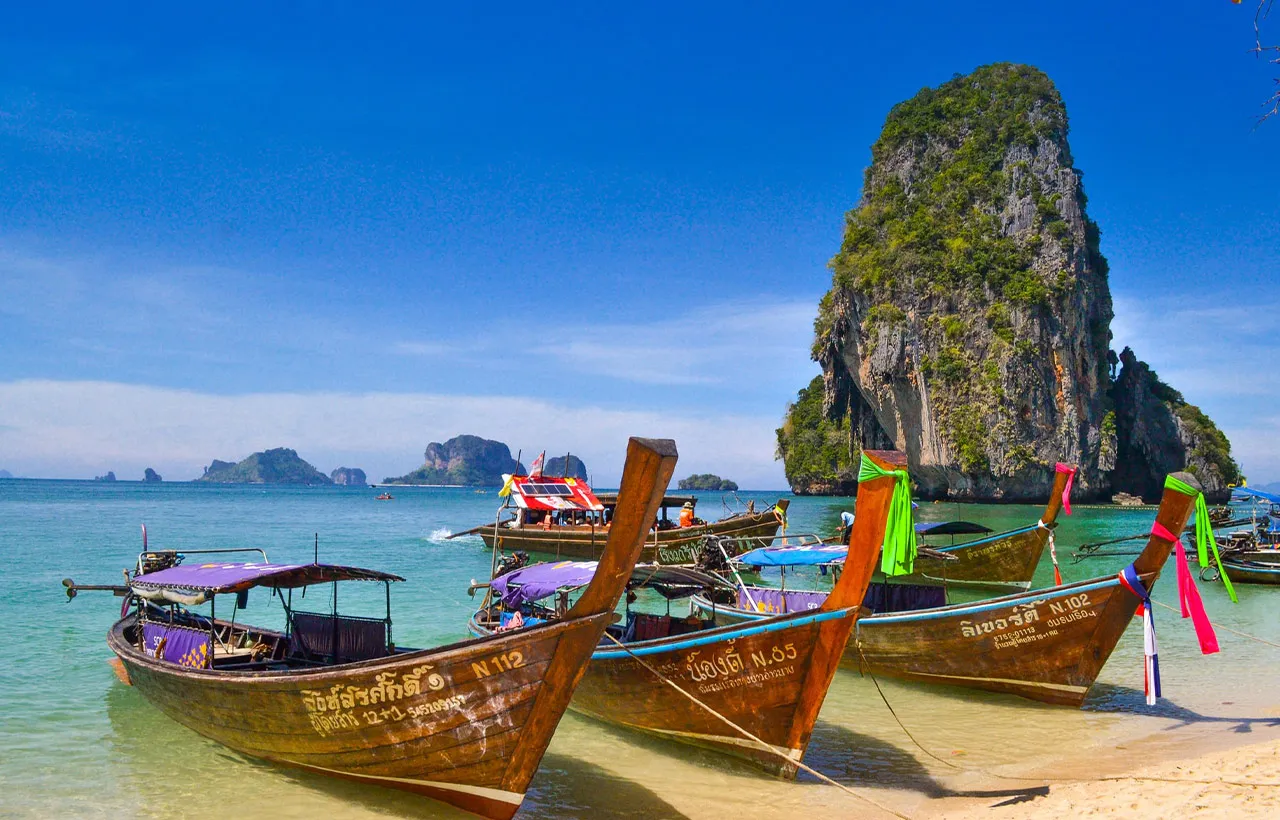















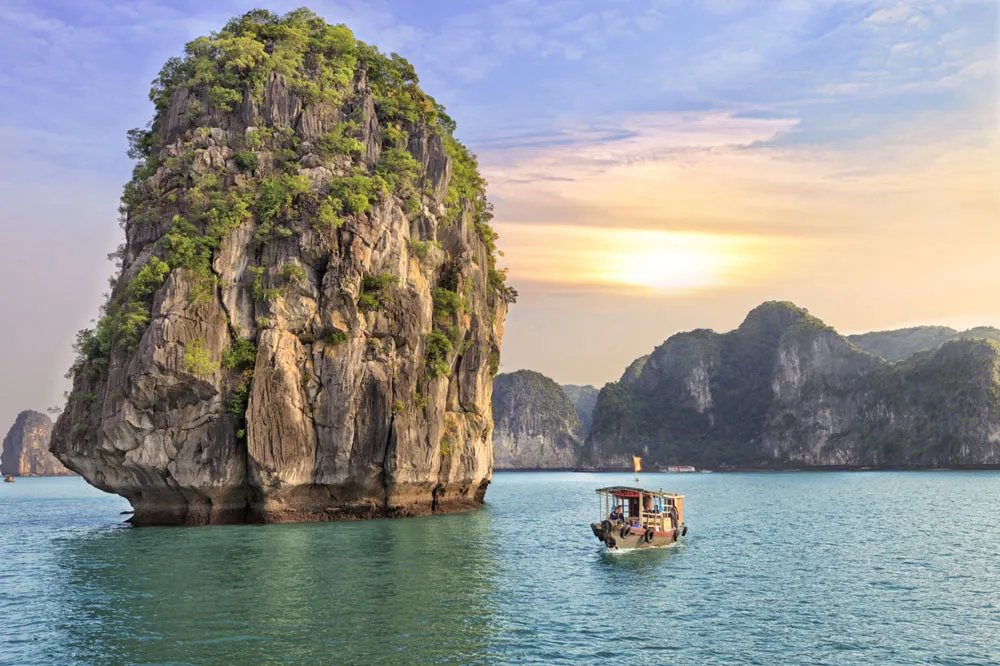


 View trip map
View trip map

